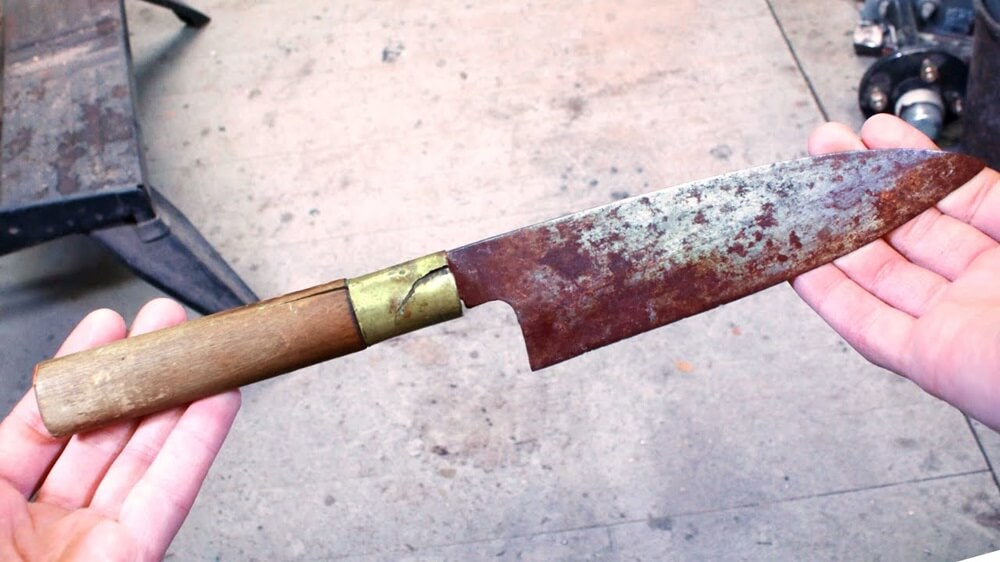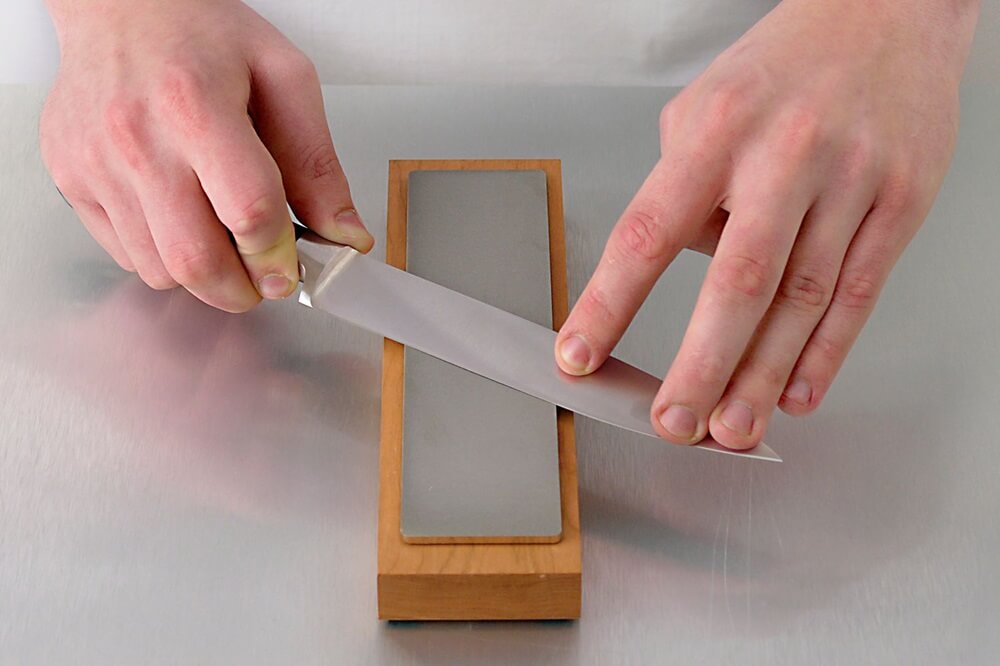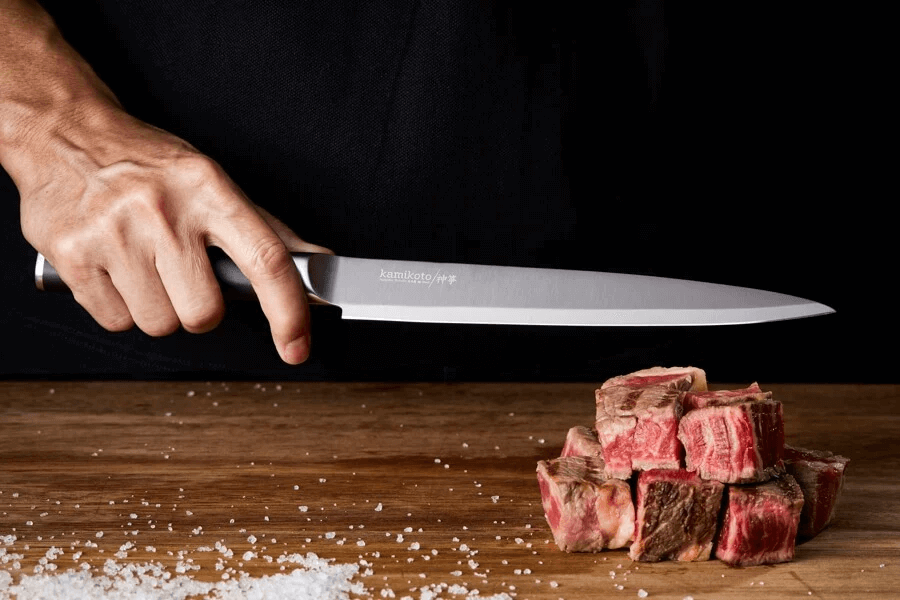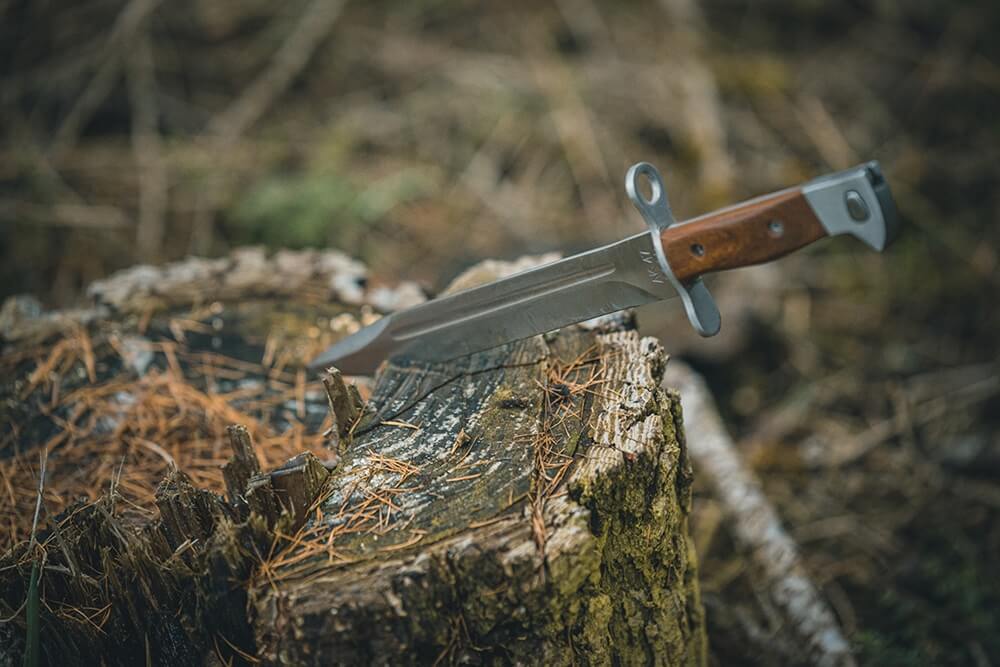
Hygiene Essentials - When Must a Knife Be Cleaned and Sanitized?
, by Jenifer den, 9 min reading time

, by Jenifer den, 9 min reading time
In the culinary arts and food safety realm, "when must a knife be cleaned and sanitized" is paramount. This involves understanding the distinction between cleaning—removing visible debris and residues from the knife—and sanitizing, which consists of treating the knife to reduce the number of harmful microorganisms to safe levels.
Key moments necessitate this practice: after cutting raw meats to prevent cross-contamination, between uses on different food items, and before initial use. Join us as we go through the basics of knife hygiene, ensuring your culinary adventures are delicious and safe.
Knives must be cleaned and sanitized after 4 hours of constant use and at key moments to prevent contamination and ensure food safety. These critical times include:
Cleaning and sanitizing knives after using them on raw foods is crucial due to the risk of cross-contamination. Raw meats, poultry, and fish can harbor harmful bacteria and pathogens, such as Salmonella, E. coli, and Listeria. If these knives are used on ready-to-eat foods without proper cleaning and sanitizing, these pathogens can transfer, making the food unsafe to consume.
This can lead to foodborne illnesses, which can be severe and sometimes life-threatening. Maintaining strict hygiene practices, including properly cleaning and sanitizing knives, is essential to prevent the spread of these harmful microorganisms and ensure the safety of the food being prepared and consumed.
Cleaning and sanitizing are two distinct stages in maintaining kitchen hygiene, especially for tools like knives.
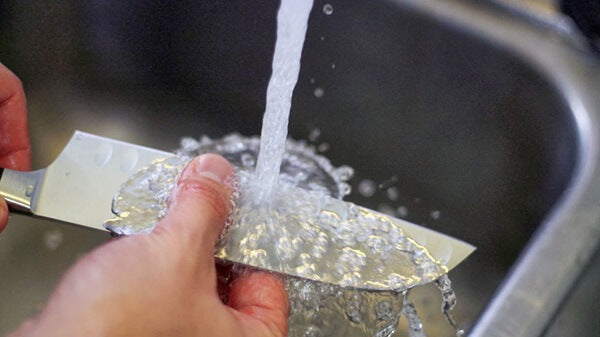
To ensure kitchen knives are both clean and sanitized, follow these best practices:
Tips:
When it comes to maintaining kitchen hygiene, understanding when and how often to clean and sanitize your knife is crucial. The frequency of cleaning and sanitizing depends on how the knife is used during cooking.
Here are some guidelines:
Additionally, a specific guideline is often overlooked but equally important: when must a knife be cleaned and sanitized after 4 hours of constant use. Even if you're using the knife on the same type of food, cleaning and sanitizing it at least every 4 hours during continuous use is recommended.
Rinsing a knife with water alone is not enough to properly clean it. It's essential to use soap and warm water to remove food particles, grease, and other residues. After cleaning, the knife should also be sanitized to eliminate bacteria to safe levels.
Most knives, especially those made of high-quality steel, should be hand-washed to maintain sharpness and prevent damage. However, some knives are dishwasher-safe according to the manufacturer's instructions. Still, hand washing and sanitizing are recommended for the best care.
After washing, you can sanitize knives using a food-safe sanitizer or by immersing them in 1 tablespoon of unscented, liquid chlorine bleach in a gallon of water. Let the knife air dry after sanitizing.
Knives with wooden handles require special care to prevent the wood from warping or cracking. Wash them with a mild detergent and warm water, rinse well, and dry immediately. Avoid soaking wooden handles in water or sanitizer solution.
The frequency of sharpening depends on how often you use your knife and what you use it for. A general rule is to sharpen your knife whenever it becomes dull or roughly every few months for home cooks. Regular honing between sharpening can also help maintain the knife's edge.
Maintaining knife hygiene through proper cleaning and sanitization is crucial for food safety and health. By preventing cross-contamination and the spread of harmful bacteria, we ensure our meals are safe to eat.
Adhering to the best practices for knife care—cleaning after use on raw foods, sanitizing regularly, and handling with care—protects against foodborne illnesses, making our kitchens safer and our cooking practices more responsible.
